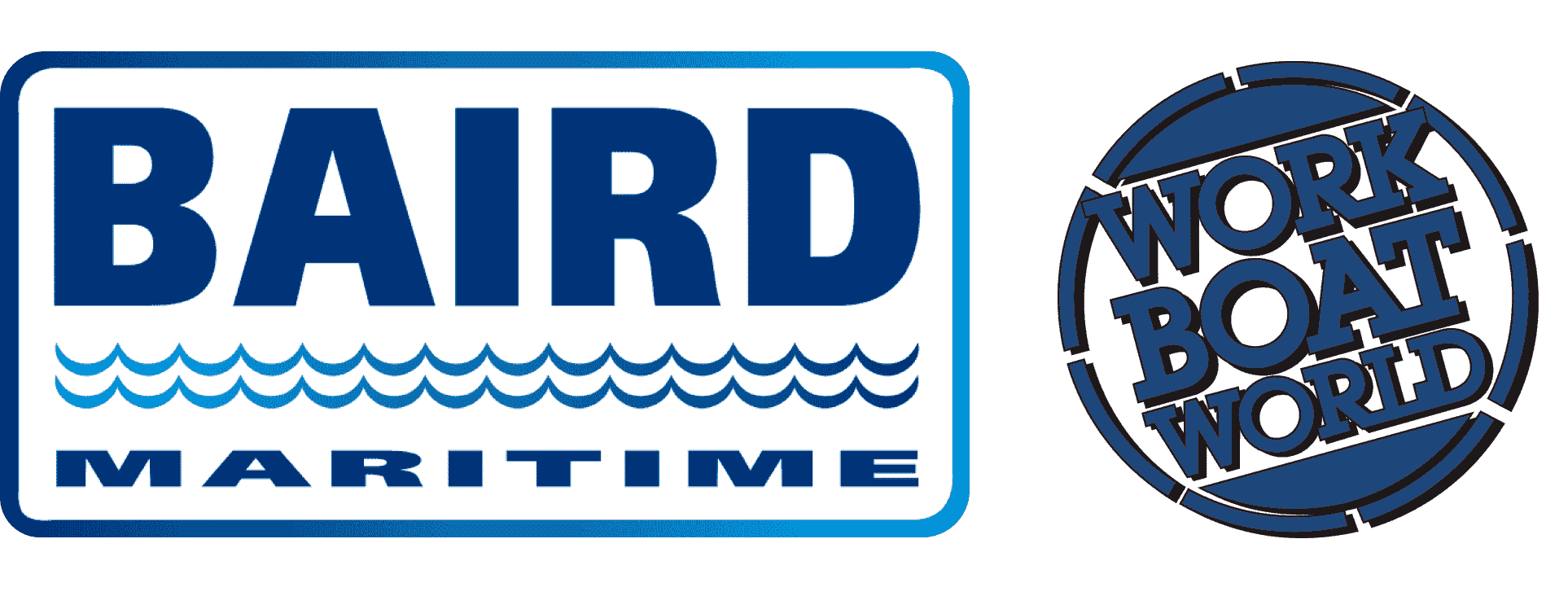COLUMN | China’s maritime forces ramp up the pressure on Taiwan [Naval Gazing]
Recent months have seen a significant increase in Beijing‘s anxiety over Taiwan. Developments of particular concern to the Chinese have included the hardening of the US government’s stance on the self-governing territory (in the run-up to America’s general election), the ramping up of US arms supplies to Taiwan, and the increasing willingness of a number of other nations (that had previously been deterred by threats from Beijing) to supply Taiwan's armed forces with military equipment.
Western and Asian suppliers for instance are no longer intimidated by bellicose statements from Beijing threatening dire consequences, and they are even helping Taipei produce new classes of submarines and frigates.
Also, the latest tranche of weaponry due to be received from Washington includes both drones to carry out swarm attacks on seaborne invading forces and the latest air defence systems capable of dealing with attacks from both Chinese warplanes and land attack missiles launched from the mainland.
The US has also positioned small contingents of special forces combatants on some Taiwan-governed islands that are very close to the coast of the PRC.
In response, China has ramped up the pressure on Taiwan through tactics such as ensuring the near-permanent presence of People’s Liberation Army Navy (PLA-N) carrier strike groups and China Coast Guard (CCG) assets in waters adjacent to Taiwan, as well as daily incursions by Chinese warplanes into Taipei’s Air Defence Identification Zone (ADIZ).
According to regional reports, in a none-too-subtle intimidatory move, China has been regularly deploying a pair of large landing ships to loiter off the Taiwanese coast.
Major exercise
In what many regional commentators saw as a response to the recent inauguration of new Taiwanese President Lai Ching-te, the PLA recently carried out a major exercise off Taiwan dubbed Exercise Joint Sword 2024B. The exercise focused on some of the Taiwan-claimed islands that are situated very close to the Chinese mainland.
The exercise also involved the encirclement of Taiwan by PLA-N and CCG ships and a simulated blockade of Taiwanese ports.
The exercise was strategically significant as it featured both PLA-N warships and no less than 17 patrol ships of the CCG. This gave a strong indication that recent intelligence reports indicating that joint CCG and PLA-N operations are increasingly becoming a standard were indeed accurate.
There is even some speculation that the two forces might merge. This is unlikely, though, as Beijing reaps considerable diplomatic and political advantage from using a “civilian” force to pursue its maritime objectives.
The PLA-N contingent was made up of a CSG that included the aircraft carrier Liaoning and the destroyers Anchan and Urumqi. J-15 fighter-bombers from the carrier reportedly made some 90 incursions into Taiwan's ADIZ.
Tokyo and Washington respond
Unsurprisingly, an exercise of this magnitude attracted considerable attention from both the Japanese and the Americans. With both Tokyo’s Japan Air Self-Defense Force and the US Air Force launching surveillance flights in response. Much surveillance was focused on the operation of Liaoning’s J-15 fighter-bombers, as the carrier is nowadays fully worked-up and capable of sustaining extended flying operations.
In a further high profile response, shortly after completion of the exercise, the US Navy destroyer Higgins and the Royal Canadian Navy frigate Vancouver carried out a joint Freedom of Navigation Operation by undertaking a joint transit through the Taiwan Strait.


